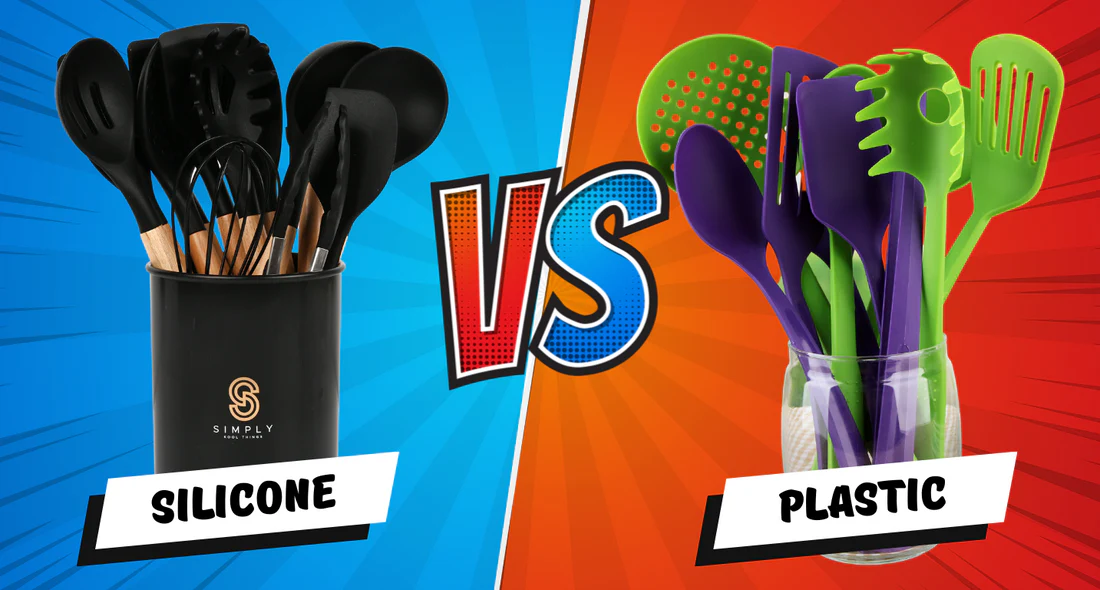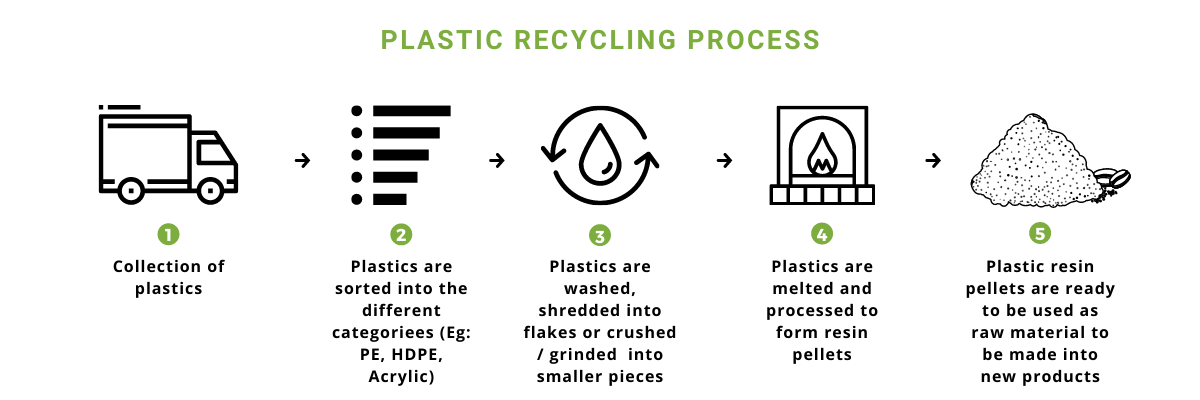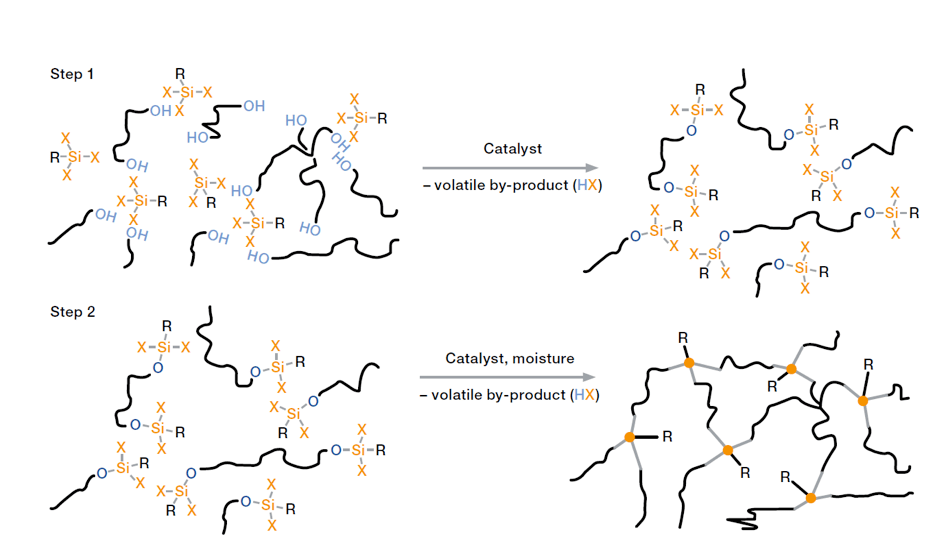86-592-5659128 (to8016)
anna@xmydx.com86-592-5659128 (to8016)
anna@xmydx.com
2025-01-10 17:03:34
Is Silicone Really Safer Than Plastic? A Detailed Comparison
When choosing materials for everyday products, silicone and plastic are two popular options. But is silicone truly safer than plastic? Let’s explore their properties, safety, environmental impact, and applications to find out.
Chemical Safety
Heat Resistance
Durability and Flexibility
Recycling and Sustainability
Toxicity in Nature
For safer, long-lasting products, silicone is often the better choice. When opting for plastic, ensure it’s high-quality, recyclable, and free from harmful chemicals. Always consider the specific use case and prioritize safety and sustainability.
What is Silicone vs. Plastic?

Silicone is a flexible, heat-resistant polymer made from silicon, often used in kitchenware, medical devices, and electronics. It is not plastic but a synthetic rubber-like material with unique properties.
Plastic is a synthetic material derived from petroleum, available in various forms like PVC, PET, and polystyrene, widely used in packaging, toys, and containers. While silicone shares some characteristics with plastics, it is fundamentally different in structure and composition.
Safety Comparison: Silicone vs. Plastic

Silicone is generally free from harmful chemicals like BPA (found in some plastics), making it safer for direct contact with food or skin. It is also biocompatible, often used in medical implants and devices.
Plastics, especially low-quality ones, may contain toxins like BPA or phthalates, which can leach into food or water, posing health risks.
Silicone can withstand high temperatures (up to 200°C) without degrading, making it ideal for cooking and baking. It remains stable even under extreme conditions.
Plastics often melt or release toxins when exposed to heat, limiting their use in high-temperature applications.
Silicone is highly durable and flexible, resistant to cracking or breaking over time. It can maintain its shape and functionality even after repeated use.
Plastics, depending on their type, may become brittle, crack, or degrade with prolonged use, especially under stress or UV exposure.
Environmental Impact: Silicone vs. Plastic

Plastics, especially single-use items, contribute significantly to environmental pollution. While some plastics are recyclable, many end up in landfills or oceans, harming ecosystems.
Silicone is less commonly recycled but has a longer lifespan, reducing the need for frequent replacement and lower overall waste. However, silicone is not biodegradable, and improper disposal can have environmental consequences.
Plastics break down into microplastics, harming ecosystems and wildlife. These tiny particles can enter food chains and affect marine life and even humans.
Silicone, though not biodegradable, does not release toxic particles into the environment. Its inert nature makes it less harmful compared to plastics.
Applications: Where Silicone Outshines Plastic

Why Silicone is Not Plastic

While silicone shares some characteristics with plastics, it is fundamentally different.
Conclusion

In most scenarios, silicone is indeed safer than plastic due to its chemical-free composition, heat resistance, and durability. However, silicone is not biodegradable, and its environmental impact must be considered. Plastics, while versatile, often pose health and environmental risks, especially low-quality or single-use items.
© 2016 XIAMEN YIDEXIN SILICONE RUBBER INDUSTRIAL CO.,LTD All Rights Reserved dyyseo.com
Online Contact
 86-592-5659128 (to8016)
86-592-5659128 (to8016) anna@xmydx.com
anna@xmydx.com sallyliao1985
sallyliao1985 xmydx02
xmydx02 +86-13606037597
+86-13606037597top